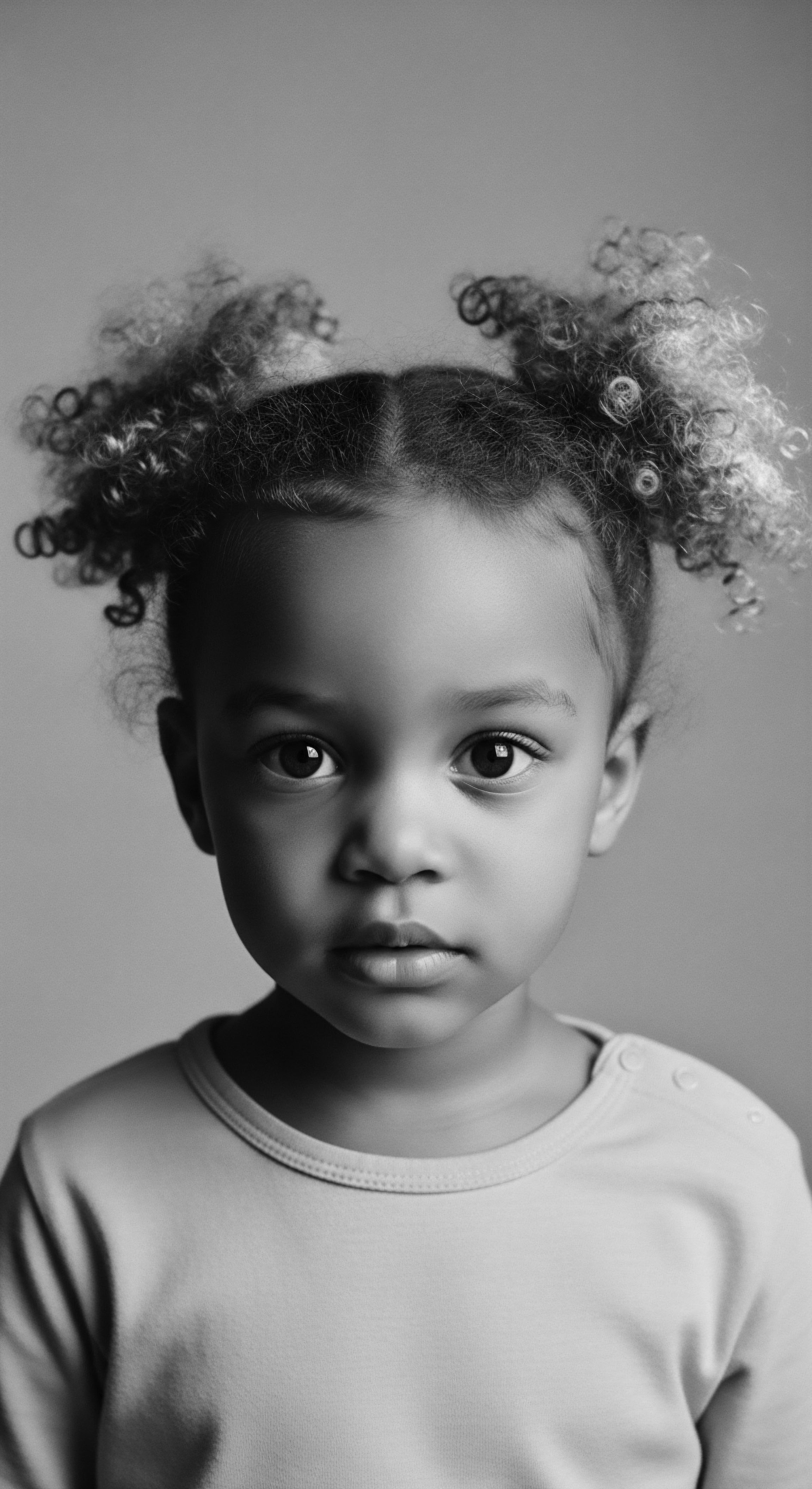
Why did textured hair straightening become common?
Textured hair straightening became common due to systemic pressures, societal beauty standards, and economic survival linked to perceived professionalism.

What historical importance does the hot comb hold for Black hair heritage?
The hot comb served Black hair heritage as a pivotal tool for temporary straightening, enabling self-expression amid societal pressures.

How did hot combs alter textured hair’s structure?
Hot combs temporarily straightened textured hair by breaking hydrogen bonds, a change deeply linked to cultural heritage and beauty standards.

What molecular changes occur in textured hair from heat?
Heat primarily alters temporary hydrogen bonds in textured hair, causing temporary reshaping, but excessive use can irreversibly damage keratin, compromising its natural structure and heritage.

How does the inherited wisdom of hair tools guide modern textured hair care?
Inherited hair tool wisdom guides modern textured hair care by connecting ancestral practices of protection, styling, and nourishment to present methods, honoring a rich cultural heritage.

How do heat tools affect textured hair patterns?
Heat tools can permanently compromise textured hair’s protein structure and natural curl pattern, a legacy tied to historical beauty pressures.

What historical events influenced textured hair damage?
Historical events, from forced assimilation to chemical innovations, significantly damaged textured hair heritage.

What impact did the hot comb have on Black hair heritage?
The hot comb significantly influenced Black hair heritage by offering a thermal straightening method that impacted social acceptance, economic opportunities, and communal rituals.

How does heat styling impact textured hair’s moisture balance?
Heat styling depletes textured hair’s inherent moisture by disrupting its structure, contrasting deeply with ancestral moisture-preserving rituals.

